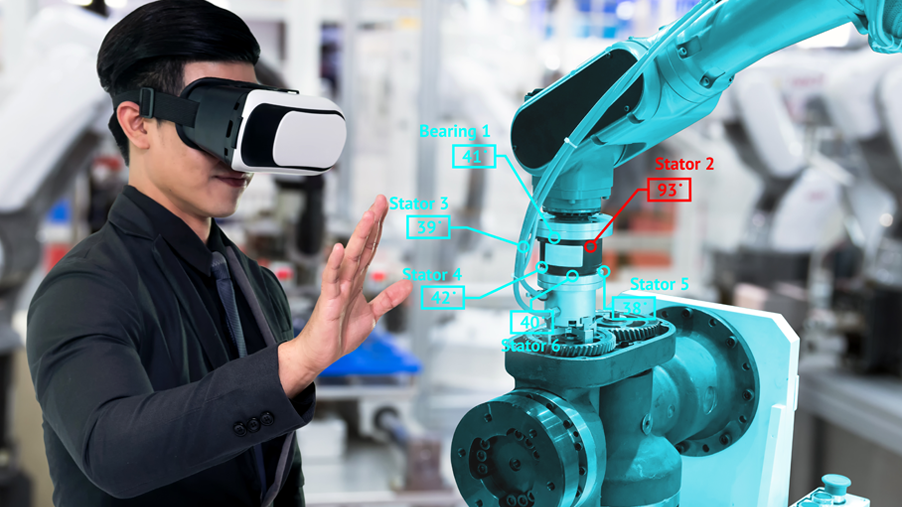Experiencia Virtual
- luxhubsolution.lu
- Experiencia Virtual

BEENÓCULOS - Experiencia virtual https://beenoculus.com.br/en/home/
Virtual experience involves the use of technology to create simulated environments that can be explored and interacted by users, providing a sense of immersion. Here are some important points about the virtual experience:
Como funciona a experiência virtual
Virtual Reality (VR): Uses VR headsets to transport users into a fully virtual environment where they can interact with digital objects and scenarios. It is widely used in games, professional training and education. Augmented Reality (AR): Combines virtual elements with the real world, using devices such as smartphones or AR glasses. Allows superimposing digital information on the physical environment, useful in areas such as retail, maintenance and entertainment [6]. Impact on Education: VR can transform learning by enabling immersive experiences that make the study of complex topics more engaging and understandable. Guiding students through these experiences helps them focus on the main attraction and avoid distractions [4]. Challenges: Implementing virtual experiences can be expensive and technically challenging. It is essential to consider factors such as content quality and device usability.

advantages
- Safe environment. You can access an industrial environment without exposing yourself to the risks of the environment or the activity itself.
- Fun learning. ...
- Repeat as many times as you like. ...
- Do not need to leave the house.
Aplicações da Experiência Virtual
The virtual experience has been widely used in various sectors such as entertainment, education, health, architecture, tourism and corporate training. In the entertainment industry, for example, virtual reality games have become increasingly popular, providing players with a complete immersion into virtual worlds.
Advantages of the Virtual Experience
The virtual experience offers several advantages over traditional forms of digital interaction. One of the main advantages is the immersion provided by this technology, which allows users to experience situations and environments in a more realistic and engaging way. In addition, the virtual experience also offers the possibility of interaction and exploration, allowing users to manipulate virtual objects and explore environments in a way similar to reality. This provides a more dynamic and interactive experience, making the user experience richer and more engaging.
Challenges of the Virtual Experience
Despite the advantages, the virtual experience also presents some challenges. One of the main challenges is the need for specific equipment, such as virtual reality glasses, which can be expensive and difficult to access for some people. In addition, the virtual experience can also cause discomfort in some people, such as dizziness and nausea, due to the discrepancy between body movements and virtual images. These side effects may limit the use of technology in certain contexts.
The future of Virtual Experience
Virtual experience has a promising future, with the continuous advancement of virtual, augmented and mixed reality technologies. These technologies are becoming increasingly accessible and sophisticated, allowing more people to have access to immersive virtual experiences. In addition, the virtual experience The future of the Virtual Experience
conclusion
The virtual experience is an innovative form of digital interaction that allows users to experience simulated environments and situations through technologies such as virtual, augmented and mixed reality. This technology offers several advantages, such as immersion, interaction and exploration, and has been applied in various sectors, such as entertainment, education, health and corporate training. Despite the challenges, virtual experience has a promising future, with the advancement of technologies and integration with other areas such as artificial intelligence and internet of things.












